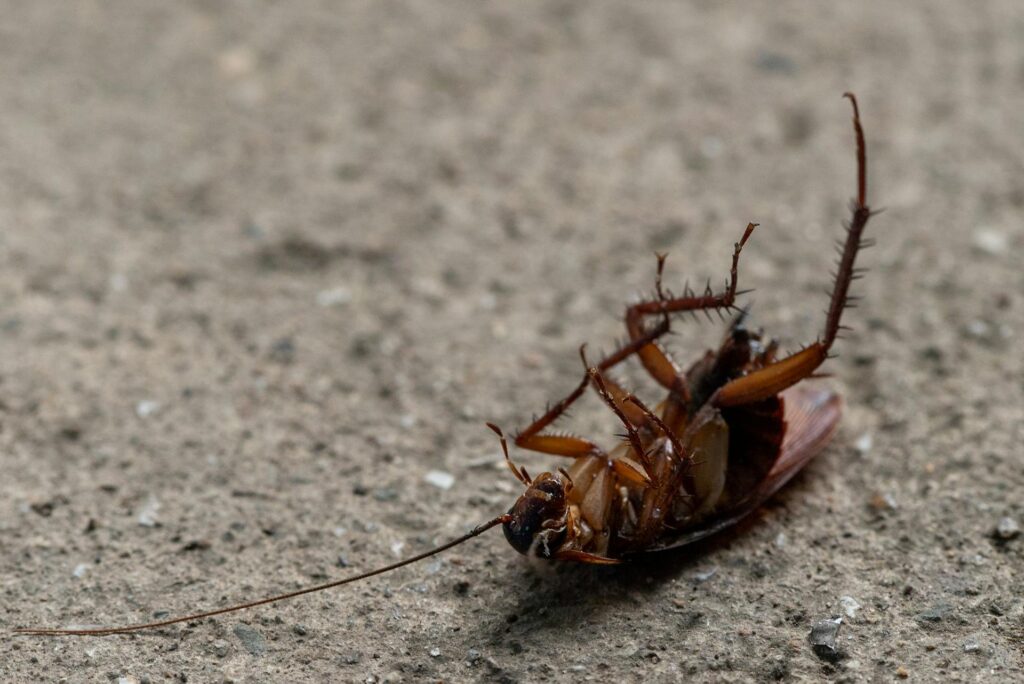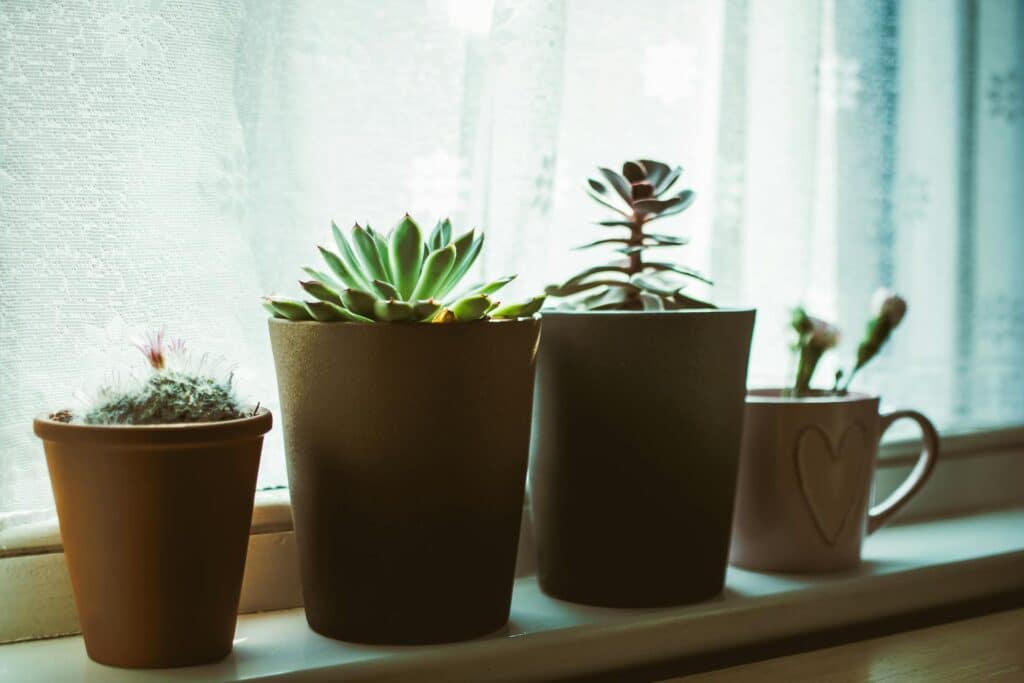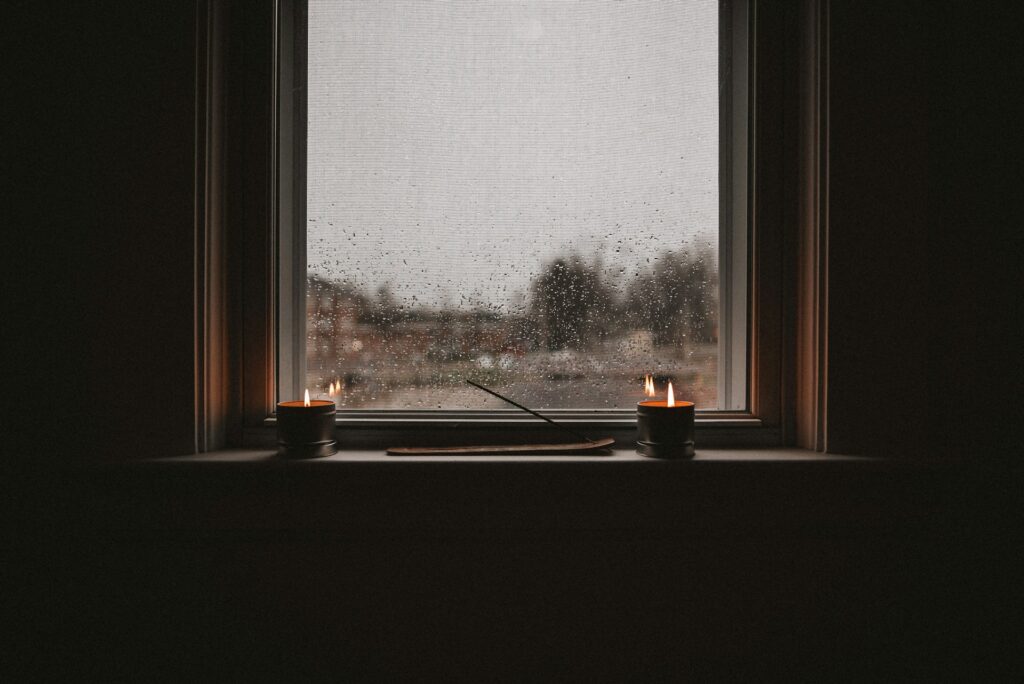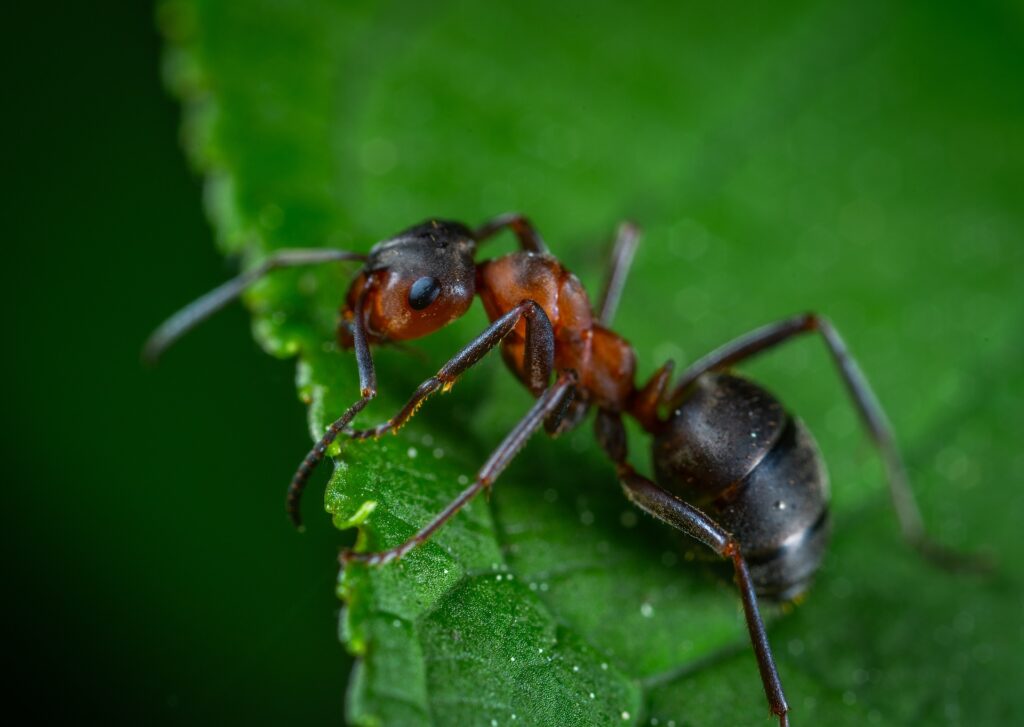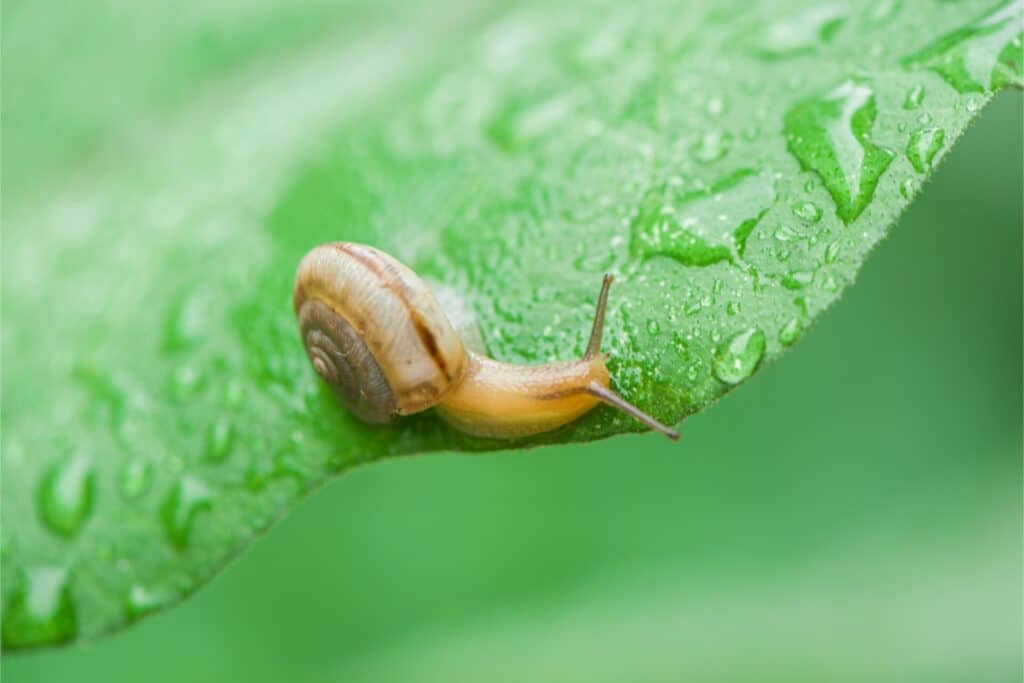While wasps might seem like formidable insects that dominate their environment, they actually face numerous threats in the wild. These stinging insects, found worldwide, play important roles in ecosystems as both predators and prey. Understanding the natural enemies of wasps can help provide perspective on these often-feared insects and their place in the natural world, as well as offer insights into potential biological control methods.
What predators do wasps have?
Wasps face threats from a variety of predators in the natural world. Birds are among their most common enemies, with species like mockingbirds, sparrows, and swallows regularly hunting them. Spiders also frequently trap wasps in their webs, while certain insects like praying mantises, robber flies, and dragonflies actively pursue and capture them.
Mammals aren’t to be overlooked either—bats consume flying wasps during nighttime hunting, while larger mammals like skunks, mice, and raccoons may raid ground nests for larvae. Even certain reptiles and amphibians like lizards, frogs, and toads will opportunistically feed on wasps when available. These natural enemies help keep wasp populations in check within their ecosystems.
Are wasps dangerous?
While most wasp species are typically non-aggressive when unprovoked, they can deliver painful stings when they feel threatened or are defending their nests. Unlike honeybees, wasps can sting multiple times, making encounters potentially more serious.
Some people may experience severe allergic reactions to wasp venom, which can be life-threatening and require immediate medical attention. Social wasp species like yellow jackets tend to be more aggressive than solitary wasps, particularly in late summer when their colonies reach peak size.
Despite these concerns, wasps actually benefit humans by controlling pest populations in gardens and agricultural settings, as they prey on many harmful insects that damage crops and plants.
Are wasps different from hornets?
Hornets are actually a specific subset of wasps, making all hornets wasps, but not all wasps hornets. The main differences lie in their size and nesting habits. Hornets are typically larger than common wasps, with the European hornet reaching up to 1.4 inches in length.
Their coloration also differs—hornets often display reddish-brown with yellow or orange bands, while typical wasps show the familiar black and bright yellow pattern. Hornets build their paper nests higher off the ground, usually in tree branches or building eaves, whereas many common wasps nest underground or in protected cavities. While both can sting multiple times, hornets generally inject more venom per sting, potentially making their stings more painful.
How to prevent a wasp infestation
Preventing wasps from establishing nests around your home starts with eliminating attractive conditions. Seal all food sources by keeping garbage cans tightly covered and promptly cleaning up food spills, especially sweet substances. Regularly inspect your property for early signs of wasp nests, particularly under eaves, in attic spaces, and around window frames. Seal potential entry points into your home by repairing damaged screens and caulking cracks around windows and doors.
You might want to consider using natural deterrents like peppermint oil or hanging fake nests for wasp control, as wasps are territorial and avoid building near existing colonies. Keep outdoor eating areas clean and covered when not in use and maintain a tidy yard by removing fallen fruit and covering compost piles to minimize food sources.
What to do if you have a wasp infestation
If you discover a wasp infestation on your property, it’s best to proceed with caution. For small nests in early stages, commercial wasp sprays applied at night (when wasps are less active) can be effective but always follow product instructions carefully. Larger or established nests, especially those near home entrances or high-traffic areas, often require professional attention from pest control experts.
When to call a professional
At Aptive, our technicians can safely remove wasp nests and implement preventative measures to keep them from returning. Don’t attempt to remove large nests yourself, as disturbing a colony can trigger aggressive defensive behavior from multiple wasps. If you’re dealing with wasps around your home, contact us for a free quote to handle the situation safely and effectively with our pest control service.

